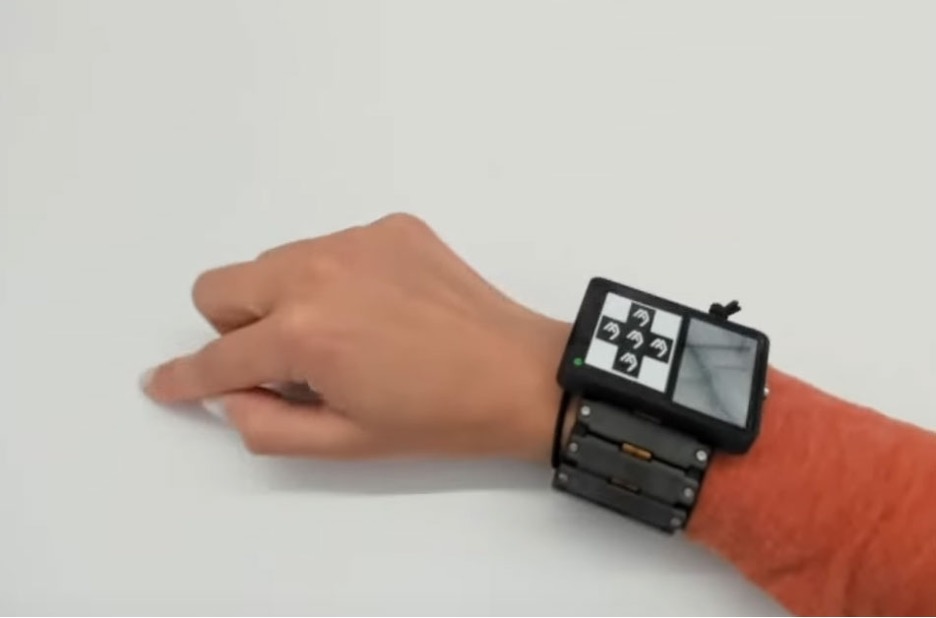
Location of brain tumors are hard to access and the blood-brain barrier prevents most drugs from reaching their targets, this makes treating brain tumors notoriously difficult. Now, a new device called Tumor Monorail that mimics the physical properties of the brain’s white matter to entice aggressive tumors to migrate toward the exterior of the brain, where the migrating cells can be collected and removed, has received FDA’s “breakthrough” designation, reports Duke University.
Read more Medtronic’s Flex Embolization Device Receives FDA Approval for Brain Aneurysms
“The tumor monorail device is a true game-changer in how we think about treating brain tumors,” said Barun Brahma, a neurosurgeon at Children’s Healthcare of Atlanta, who has been a member of the research team since the beginning. “There are many tumors that are considered inoperable due to the location of the tumor or the frailty of the patient. This device affords clinicians the ability to surgically treat these tumors with a minimal approach.”
The device is made of polymer nanofibers with thin film and the film is made with a structure that mimics the pathway to the tumor, normally uses to invade to other places of the brain. It is connected to a cartridge containing a toxic hydrogel. This is a pied piper approach, where the tumor comes to the drug rather than the drug going to the tumor.
“This was the first demonstration that you can engineer migration inside the body and move a tumor from point A to point B by design,” said Ravi Bellamkonda, the Vinik Dean of the Pratt School of Engineering at Duke University, who began the research while at Georgia Tech. “It was also the first demonstration of bringing the tumor to your drug rather than your drug going into the brain and killing valuable cells.”
Read more AI Tool Accurately Detects Cancer Type and Genetic Changes in Patient’s Tumor
With the help of the FDA, the research group now hopes to solidify their experimental plans within the next several weeks so that they can begin their next study as soon as possible. They are working toward gaining FDA approval for human trials by the end of 2019.


